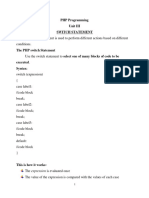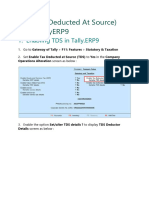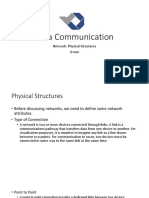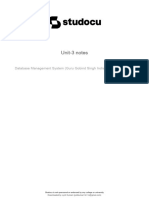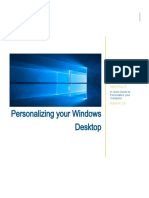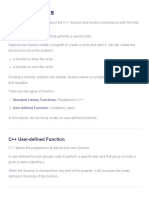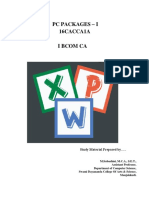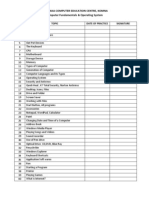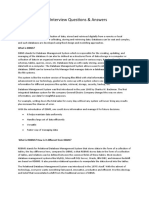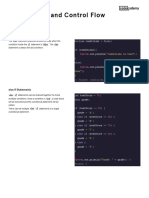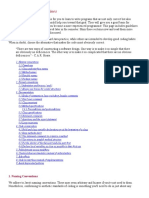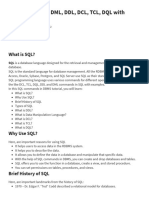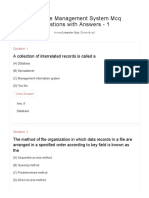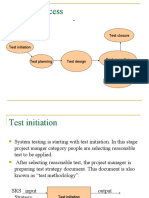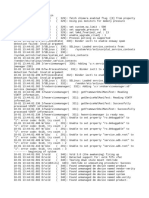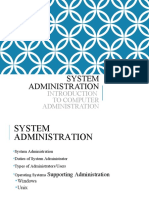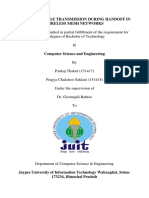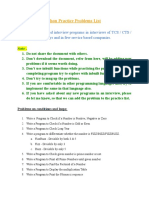0% found this document useful (0 votes)
920 views3 pagesDifference Between DBMS and RDBMS
DBMS vs RDBMS: The key differences are:
DBMS stores data as files while RDBMS stores data in tables. DBMS supports single users whereas RDBMS supports multiple users. RDBMS also supports client-server architecture and imposes integrity constraints, while DBMS does not. RDBMS is better suited for large amounts of data due to its relational structure and ability to normalize data.
Uploaded by
titobesaleelCopyright
© © All Rights Reserved
We take content rights seriously. If you suspect this is your content, claim it here.
Available Formats
Download as PDF, TXT or read online on Scribd
0% found this document useful (0 votes)
920 views3 pagesDifference Between DBMS and RDBMS
DBMS vs RDBMS: The key differences are:
DBMS stores data as files while RDBMS stores data in tables. DBMS supports single users whereas RDBMS supports multiple users. RDBMS also supports client-server architecture and imposes integrity constraints, while DBMS does not. RDBMS is better suited for large amounts of data due to its relational structure and ability to normalize data.
Uploaded by
titobesaleelCopyright
© © All Rights Reserved
We take content rights seriously. If you suspect this is your content, claim it here.
Available Formats
Download as PDF, TXT or read online on Scribd
/ 3







